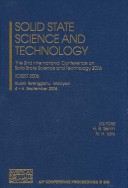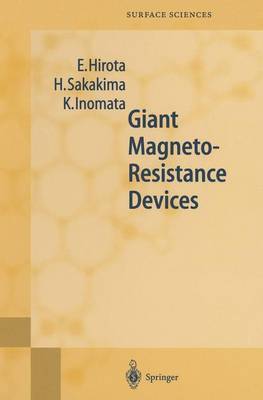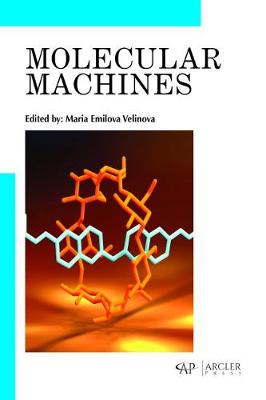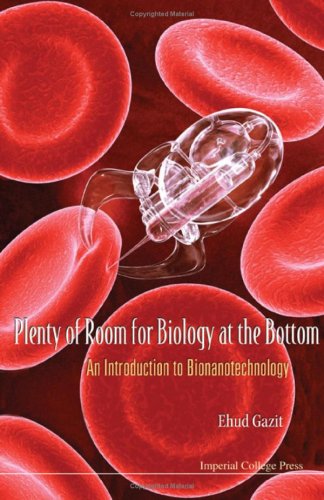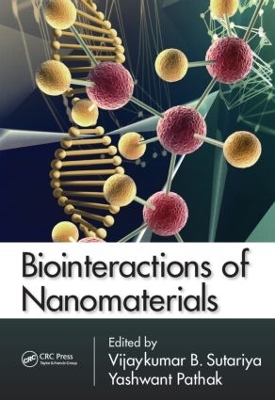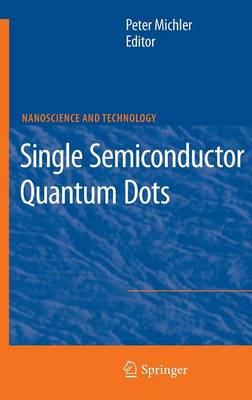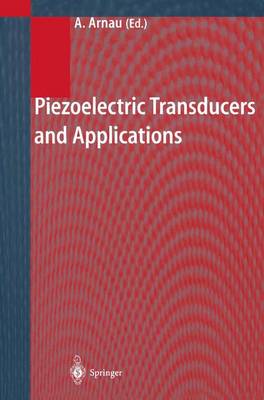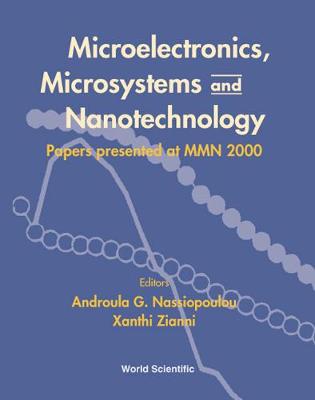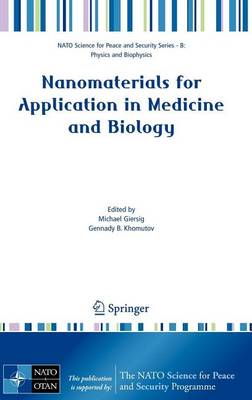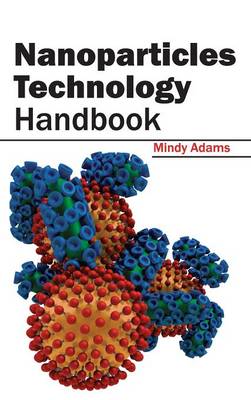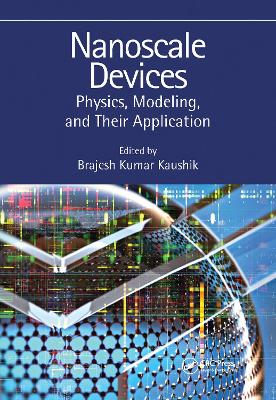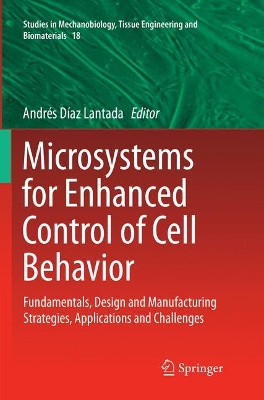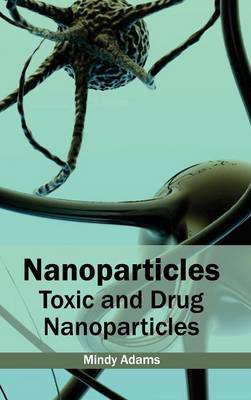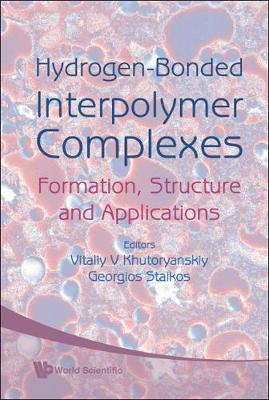Solid State Science and Technology (AIP Conference Proceedings, v. 909)
This book contains papers presented at the Second International Conference on Solid State Science and Technology 2006, ICSSST 2006, a three-day conference on solid state science and technology. The conference provides a forum for the exchange of knowledge in a highly interdisciplinary field and brings together scientists working in academic and applied research in the field of solid state science and technology.
Giant Magneto-Resistance Devices (Springer Series in Surface Sciences, #40)
by E. Hirota, H. Sakakima, and K. Inomata
This is one of the first application-orientated books on the subject. The main topics are magnetic sensors with high resolutions and magnetic read heads with high sensitivities, required for hard-disk drives with recording densities of several gigabytes. Another important subject is novel magnetic random-access memory (MRAM) with non-volatile non-destructive and radiation-hard characteristics.
Molecular Machines
The studies of molecular machines and their application are very active at this moment because of their long-standing prospective. All that attention of the whole scientific community started with the award of the Nobel Prize for Chemistry to John Walker and Paul Boyer in 1997 for their work in elucidating the mechanism of the rotary generator of ATP in the mitochondrion. The expected benefits of their uses are now well known: ultimate size, possibility to design finely-tuned molecular devices a...
Written by a leading nanobiologist actively involved at the forefront of the field both as a researcher and an educator, this book takes the reader from the fundamentals of nanobiology to the most advanced applications. The book is written in such a way as to be accessible to biologists and chemists with no background in nanotechnology. It is reader-friendly and will appeal to a wide audience not only in academia but also in the industry and anyone interested in learning more about nanobiotechno...
Biointeractions of Nanomaterials
An examination of the widespread application of nano materials in biology, medicine, and pharmaceuticals and the accompanying safety concerns, Bio-interactions of Nano Materials addresses the issues related to toxicity and safety of nano materials and nano systems. It covers the interactions in biological systems and presents various tools and methods used to evaluate the nano toxicity and nano safety issues. Written by leading scientists, the book focuses on the bio-interaction of nano materia...
Single Semiconductor Quantum Dots (NanoScience and Technology)
Worldwide, many researchers are fascinated from the rich physics of se- conductor quantum dots (QDs) and their high potential for applications in photonics and quantum information technology. QDs are nanometer-sized three-dimensional structures which con?ne electrons and holes in dimensions oftheircorrespondingDeBrogliewavelength.Asaresult,theenergylevelsare quantized and for that reason they are also often referred as arti?cial atoms. Epitaxially grown QDs which are the subject of this book are...
Microlenses (Series in Optics and Optoelectronics)
by Hongrui Jiang and Xuefeng Zeng
Due to the development of microscale fabrication methods, microlenses are being used more and more in many unique applications, such as artificial implementations of compound eyes, optical communications, and labs-on-chips. Liquid microlenses, in particular, represent an important and growing research area yet there are no books devoted to this topic that summarize the research to date. Rectifying this deficiency, Microlenses: Properties, Fabrication and Liquid Lenses examines the recent progres...
Inorganic Nanoprobes for Biological Sensing and Imaging (Artech House Series Engineering in Medicine & Biology)
Microelectronics, Microsystems And Nanotechnology: Papers Presented Of At Mmn 2000
This volume contains papers on the following: CMOS devices and devices based on compound semiconductors; processing; silicon integrated technology and integrated circuit design; quantum physics; nanotechnology; nanodevices, sensors and microsystems. The latest news and future challenges in these fields are presented in invited papers.
Structure-based Study Of Viral Replication (With Cd-rom)
This book addresses the innovative themes in characterizing the cellular membrane platforms and intracellular networking, as well as the architectural aspects of cell compartments mediated by the entry and replication cycles of viruses. The instrumentation of modern molecular and cellular biology provides a potent array of wave packets to image, detect and manipulate major dynamics of macromolecular and subviral assemblies as in the host cellular context.The book includes case studies presented...
This book is the first volume of two volumes on cyclodextrins published in the series Environmental Chemistry for a Sustainable World. After a brief description of the cyclodextrin fundamentals, the first chapter by Gregorio Crini et al. provides an overview of cyclodextrin research during the last 5 years. The second chapter by Michal Rezanka discusses the synthesis of novel cyclodextrin systems by selective modifications. Then Eric Monflier et al. describes the synthesis of nanostructured poro...
Adsorption and Phase Behaviour in Nanochannels and Nanotubes
by George Manos Lawrence J Dunne
Nanocomposites
The primary aim of this book is to discuss various aspects of nanoscale device design and their applications including transport mechanism, modeling, and circuit applications. . Provides a platform for modeling and analysis of state-of-the-art devices in nanoscale regime, reviews issues related to optimizing the sub-nanometer device performance and addresses simulation aspect and/or fabrication process of devices Also, includes design problems at the end of each chapter
Molecular Building Blocks for Nanotechnology (Topics in Applied Physics, #109)
This book takes a "bottom-up" approach, beginning with atoms and molecules - molecular building blocks - and assembling them to build nanostructured materials. Coverage includes Carbon Nanotubes, Nanowires, and Diamondoids. The applications presented here will enable practitioners to design and build nanometer-scale systems. These concepts have far-reaching implications: from mechanical to chemical processes, from electronic components to ultra-fine sensors, from medicine to energy, and from pha...
Reliability-Based Mechanical Design, Volume 1 (Synthesis Lectures on Mechanical Engineering)
by Xiaobin Le
A component will not be reliable unless it is designed with required reliability.Reliability-Based Mechanical Design uses the reliability to link all design parameters of a component together to form a limit state function for mechanical design. This design methodology uses the reliability to replace the factor of safety as a measure of the safe status of a component. The goal of this methodology is to design a mechanical component with required reliability and at the same time, quantitatively i...
This handbook focuses on the entire development process of biomedical microsystems that promote special interactions with cells. Fundamentals of cell biology and mechanobiology are described as necessary preparatory input for design tasks. Advanced design, simulation, and micro/nanomanufacturing resources, whose combined use enables the development of biomedical microsystems capable of interacting at a cellular level, are covered in depth. A detailed series of chapters is then devoted to applica...
Hydrogen-bonded Interpolymer Complexes: Formation, Structure And Applications
Noncovalent interactions play key roles in many natural processes leading to the self-assembly of molecules with the formation of supramolecular structures. One of the most important forces responsible for self-assembly is hydrogen bonding, which also plays an important role in the self-assembly of synthetic polymers in aqueous solutions. Proton-accepting polymers can associate with proton-donating polymers via hydrogen bonding in aqueous solutions and form polymer-polymer or interpolymer comple...
